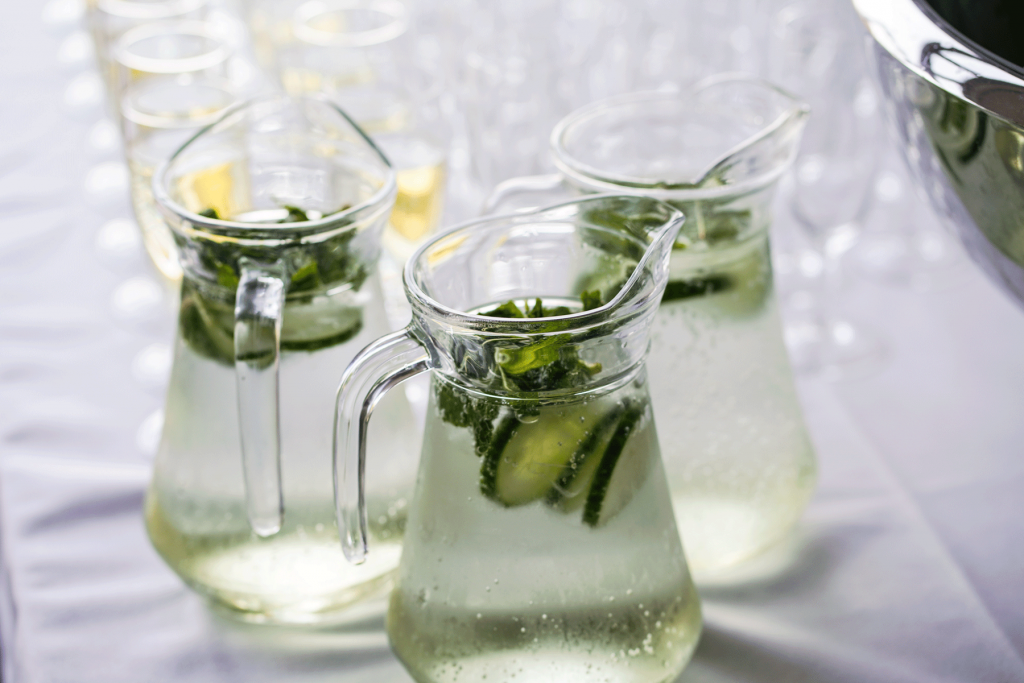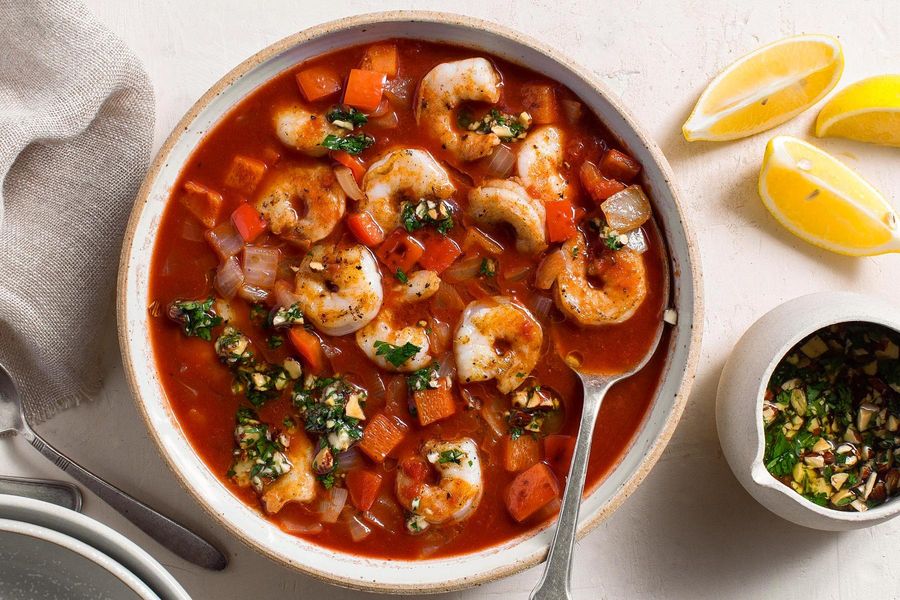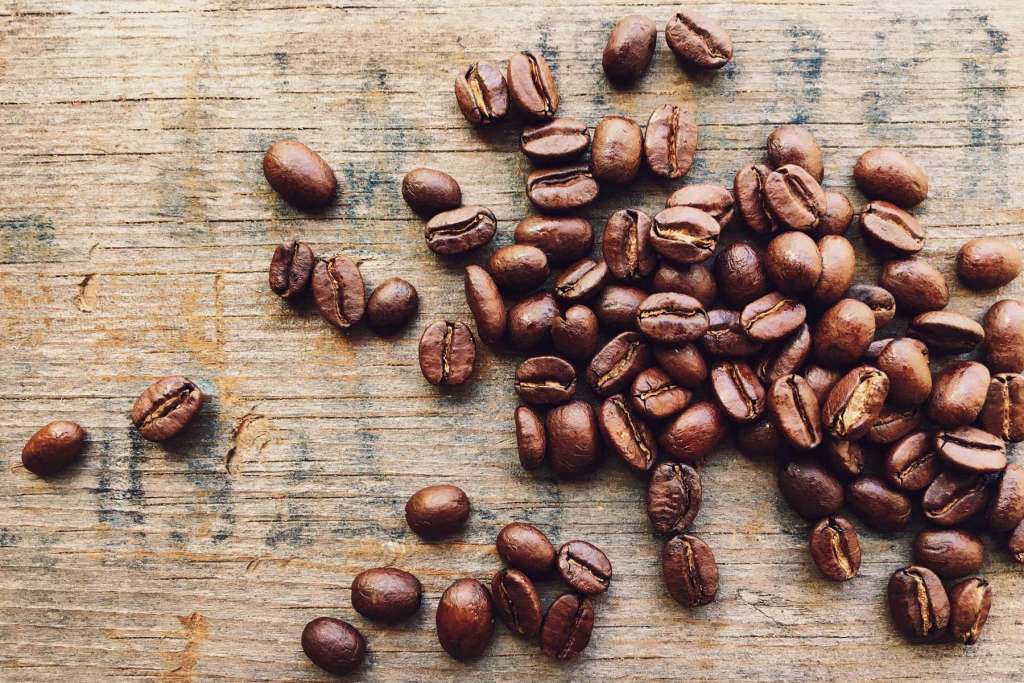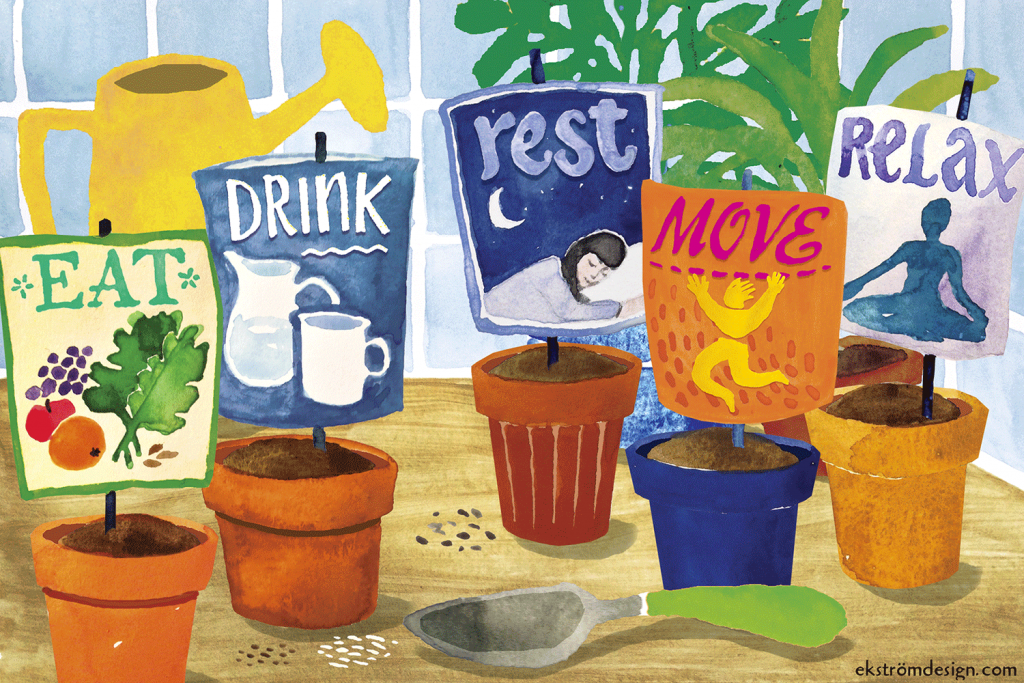Inflammation: the Good, the Bad, and How to Beat it
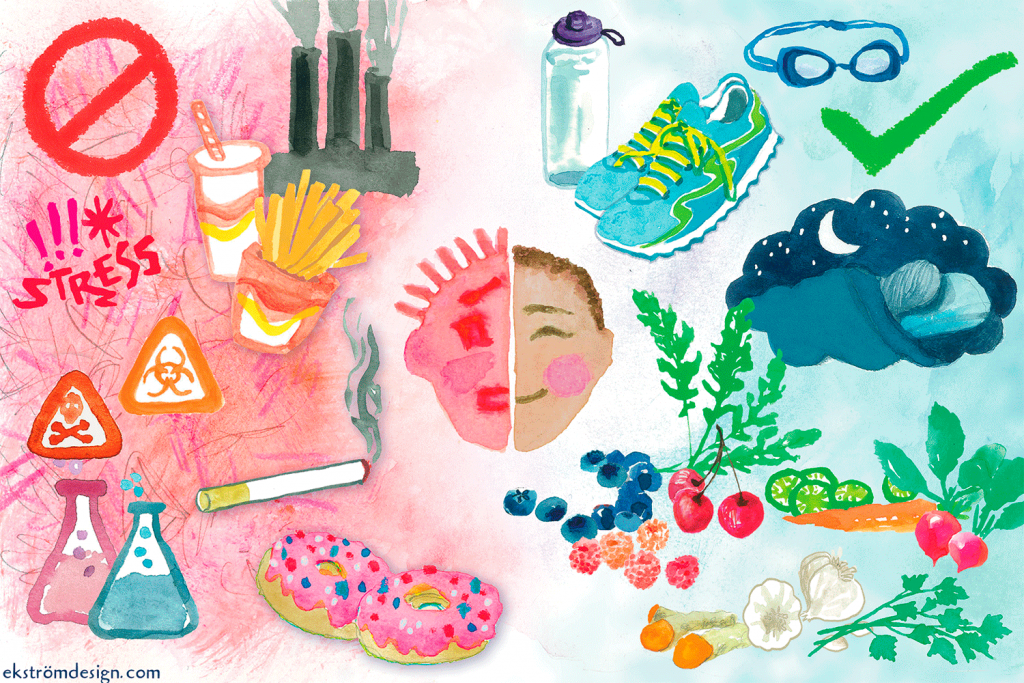
One of the latest buzzwords in health and nutrition, inflammation, is getting a lot of attention these days. It’s been pinned as an underlying cause of just about every chronic disease, and researchers are eager to understand it better. Here, we break down the science and share practical diet and lifestyle tips to help you keep inflammation at bay.
Let’s start with the good news. Inflammation isn’t all bad, in fact it can be a very good thing. A swollen sprained ankle, a bright-red mosquito bite—these are signs that your immune system is doing its job by increasing the blood flow to the injury, delivering the oxygen, nutrients, white blood cells, and proteins your body needs to heal. While it can be uncomfortable, this acute inflammation is a sign that you’re on the mend.
But inflammation also has a dark side. If it becomes persistent, inflammation can turn into a silent-but-deadly, long-term condition that’s linked to diabetes, alzheimer’s, arthritis, kidney disease, heart disease, inflammatory bowel disease, depression, and more.
Chemical additives to foods and cosmetics, pollutants, pesticides, drugs (both prescription and recreational), alcohol, smoking, stress, and lack of exercise all contribute to chronic inflammation. These habits and environmental factors can leave you tired and weak, with a broken immune system that no longer functions as it should. To make matters worse, chronic inflammation can cause the immune system to inadvertently attack its own tissue. Over time, this ongoing internal battle can lead to chronic illness, autoimmune diseases, and accelerated aging.
One of the challenges of chronic inflammation is that it’s hard to detect until it manifests full throttle into an actual disease. C-reactive protein, the biomarker used to detect systemic inflammation, can be assessed via blood draw and can be requested at a wellness visit.
But chronic inflammation doesn’t have to be inevitable; many of its causes can be avoided.
Here are a few simple ways to reduce your risk of chronic inflammation:
-
Eat more plant-based foods.
-
Avoid processed foods.
-
Improve sleep habits to reduce stress.
-
Exercise for 50 minutes at least three times a week.
Pro tip: the bolder and more vibrant in color, scent, and flavor a food is, generally the stronger its anti-inflammatory powers. For example:
-
Aromatic foods such as garlic, leeks, onion, and scallions.
- Bitter cruciferous foods such as kale, Brussels sprouts, cauliflower, and bok choy.
-
Fragrant herbs and spices such as oregano, thyme, basil, mint, cilantro, parsley, ginger, cinnamon, turmeric, and cumin.
-
Bright and colorful foods such as blueberries, raspberries, pomegranates, cherries, and beets.
-
Spicy and peppery foods such as jalapeño, radish, and arugula.
Artwork by Ekström Design

